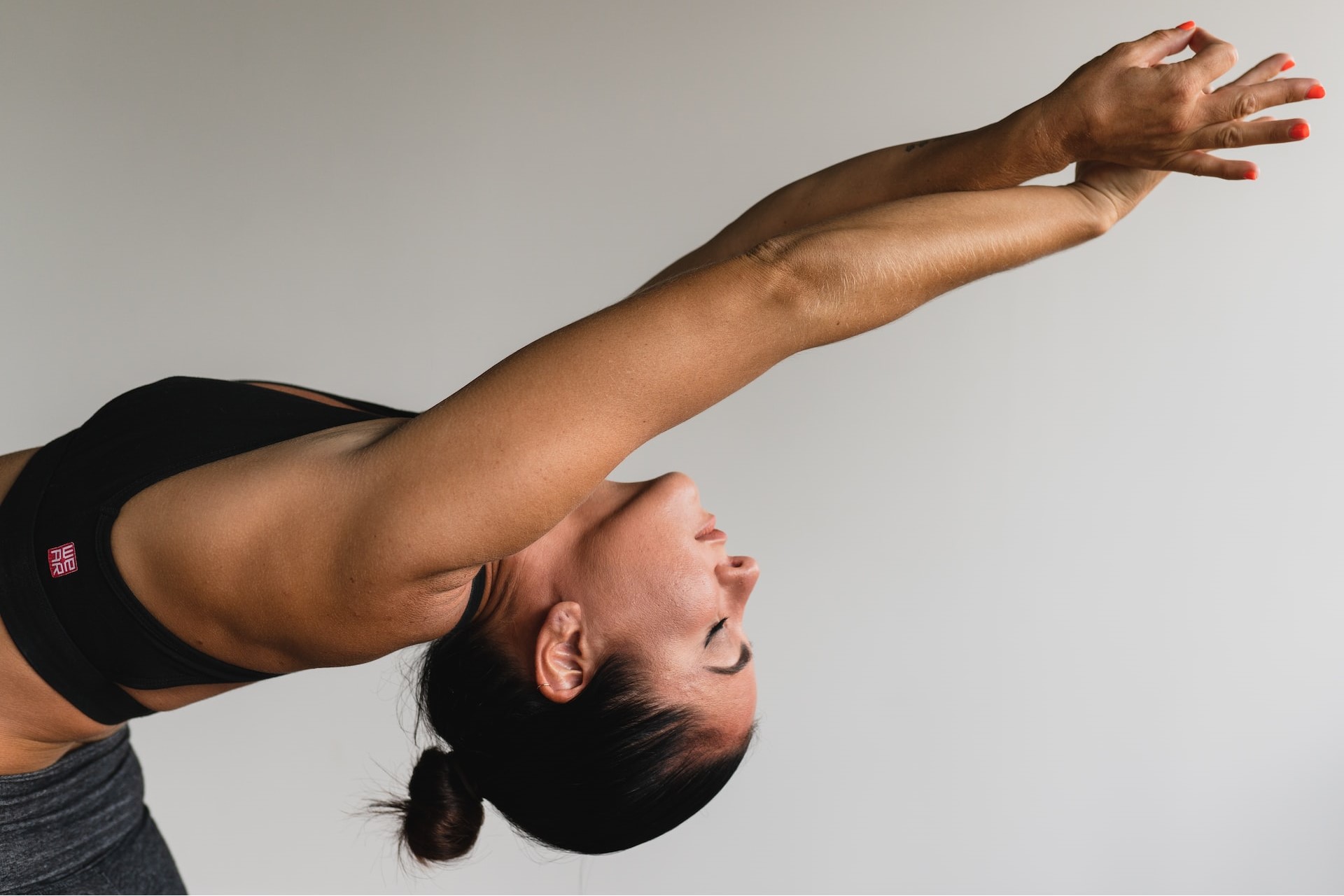A quote can strengthen your writing and validate your argument. You have to quote a book in your essay the right way to avoid issues, such as plagiarism or literature mistakes. Quoting books is a straightforward process.
Incorporating quotations into your essay
Incorporate a quotation into your essay to offer a fresh perspective or strengthen the point you are making. Give context for the quote, elaborate on it, and explain why it reinforces your argument.
You can use quotations when:
- You share disputed ideas or those that are not common knowledge.
- You want to emphasize a point by backing it up with a quote from an impressive author.
- You want to add a stylistic flair to your essay.
Incorporate the quotations into your text to read like typical sentences. You can use the signal phrase “According to the writer,” in your essay. Read the paper aloud if you are not sure you incorporated the quotations correctly. Signal phrases can use verbs like concludes, adds, claims, asserts, observes, and argues.
You can use ellipsis and brackets to subtract or add words. This approach applies when a quotation supports your argument, but it cannot fit into your essay without changes. You can take these steps in such a scenario.
- Add new words to the quotation by enclosing them with brackets.
- Remove the existing words and replace them with an ellipsis.
Make these changes if you are not distorting the author’s quote.
How to quote books in MLA format
There are special considerations if you quote books in MLA format in your essay. Some professors can penalize you if you do not abide by the rules. Comply with MLA’s requirements to avoid losing marks.
You can add short quotes in your essay. Quotations that take fewer than three lines of verse or four prose lines do not need their freestanding portion of text. You can add them to your paragraph, enclosed with double quotation marks.
Long quotations should be in freestanding portions of text. You introduce them with a signal phrase before continuing with the quote. Follow these rules in the quotation’s new line:
- Indent the quotation an inch from the left.
- Double-space the quotation.
- Do not enclose the quotation with quotation marks.
You can add in-text citations after quotes. Include the author’s last name and the quotation’s page. Enclose the name and page number with parentheses and add the in-text citation before the next punctuation mark. You may have this in-text citation:
Maybe the best description of art is “Beauty plus pity” (Nabokov, 251).
You do not need the parenthetical citation if you reference the writer’s name before the quotation. You may have the quote as:
* NABOKOV DEFINES ART AS “BEAUTY PLUS PITY” (251).
Have a Works Cited page on a separate page after concluding the essay. Name it WORKS CITED in non-italic text. Center align the label at the top of the page. Do not indent each citation’s first line, but indent subsequent lines by half an inch from the left. Double-space the Works Cited page, but do not skip a space between the citations.
Put the complete citations on the Works Cited page and arrange them alphabetically.
Generally, MLA’s book citation in the Works Cited page follows the format: Author’s Last Name, their First Name. Title of the Book. The City of Publication: Publisher, The Year of Publication. The medium of Publication.
This format varies with some circumstances.
How to quote books in APA format
Add quotations with fewer than 40 words in your essay’s paragraphs. Enclose the quotations with double quotation marks.
Long quotations should be in freestanding portions of the text. They should have a signal phrase, and the new line should follow these rules.
- Indent the block of text half an inch from the left.
- Double-space the block of text.
- Do not use quotation marks.
Use parenthetical citations for in-text citations. You cite the writer’s last name, year of publication, and the quote’s page number. You may have this in-text citation:
* MAYBE THE BEST DESCRIPTION OF ART IS “BEAUTY PLUS PITY” (NABOKOV, 1992, P. 251).
If you have the author’s name and a signal word before the quotation, you do not use this format. You may have:
* NABOKOV (1992) DEFINES ART AS “BEAUTY PLUS PITY” (P. 251).
Have a reference page at the end of your essay and label it as
REFERENCES. Center align the label on top of the page and do not underline, italicize, or bolden it.
The complete citations typically follow the format: Author, A. A. (Year of Publication). Title of Work. Location: Publisher.
This format can vary with some circumstances.
You double space the page, and you do not skip spaces between the citations. You also do not indent each citation’s first line, but you indent subsequent lines half an inch from the left.
Follow these guidelines for quoting a book in your essay to achieve your objectives. You will strengthen your writing and validate your arguments.

